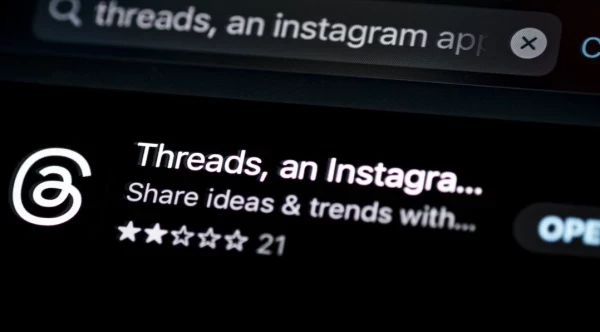The Medical Community Smartphone Monitoring Revolution: Will Others Follow?
Add bookmarkLast year, AT&T Tech Support 360 service, a leading remote IT support services, launched what it called "the first online data backup service to be truly optimized for mobile devices." The initiative, targeted at small and medium businesses, appeared to signal a desire to advance remote smartphone monitoring options. The trend has not spread rapidly, though. Instead, it is the medical community that has taken the reigns on mobile applications supporting remote monitoring devices.
For several years, the medical community has creatively integrated mobile applications into medical care. Doctors track diabetic patients through a mobile app that transmits a patient’s glucose levels in real-time to the hospital. A smartphone app monitors the results of a nuclear magnetic resonance device test looking for cancer and calculate results quicker and more accurately than conventional tests. Knee braces send patient’s recovery data to doctor’s phones.
[eventPDF]
Some refer to this as decentralizing care – "And by decentralizing of care, we refer to remote care," Girish Nair, vice president of business development at software outsourcing company DataArt, told TechNewsWorld. And while effective mobile remote monitoring apps boost doctors’ tracking and diagnosis ability, they also stand to significantly reduce healthcare costs.
"Mobile has the potential to revolutionize the health-care system by increasing efficiency, lowering costs, expanding access to care and improving patient outcomes," Alessio Ascari, head of global consulting firm McKinsey’s mobile-health-care initiative from Milan, told Businessweek.
Telecommunications providers even see remote mobile medical monitoring as a major source of revenue in coming years. The major medical equipment players like GE, Phillips and Siemens are also josteling in with their own remote monitoring devices and corresponding mobile applications.
Yet for a variety of reasons a similar smartphone focus has not crossed into the business world: the technology mostly benefits smaller businesses, demand is lower, company buy-in is harder to achieve. AT&T’s announcement showed growing attention on mobile app opportunities, but not the fervor seen in the medical community.
"With the growth of mobile applications, mobile devices and remote workers, more small and medium businesses are investing in servers to run their business," Michael McDonald, an analyst at industry research firm AMI-Partners, said in a press release. "As a result, the demand for remote IT server support is growing as well and we expect that it will continue to grow for the foreseeable future."
AMI’s "foreseeable future" is a $5 billion market for remote IT server support by 2013, up from $1.4 billion in 2010. As McDonald notes, this expansion is driven by increased availability of mobile devices and demand for mobile applications.
The AT&T mobile application offers businesses access to their computer files that are backed up with AT&T’s IT support team wherever mobile service is available. The user interface gives customers access to 52 common files – documents, spreadsheets, photos – stored on the company’s server. The custom interface is an upgrade over the limited, browser-based access offered in the past.
But the advancements here don’t match those in medical care. The number of wireless health devices is expected to increase from 300,000 in 2009 to 5.2 million by 2014, according to consulting firm ABI Research. In the U.S., Dallas technology consultant Parks Associates predicts the remote health industry will grow from $304 million in 2010 to $4.4 billion by 2013. That figure may not match the $5 billion market AMI predicts for remote IT server support, but the dramatic rise from the relatively paltry $304 million shows where the excitement lies.





















